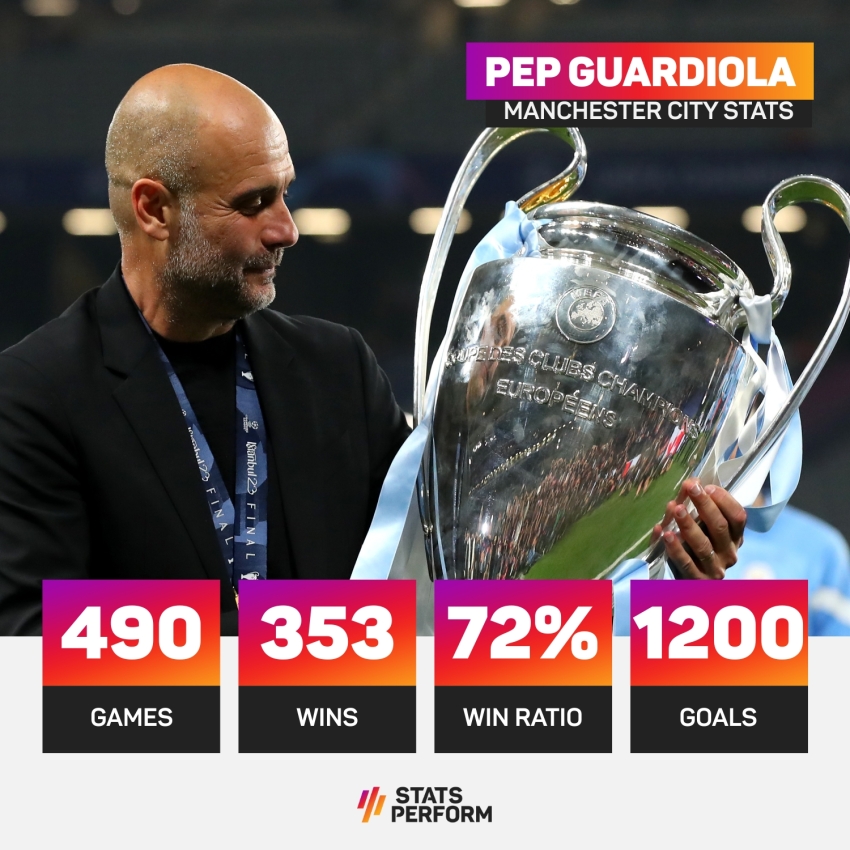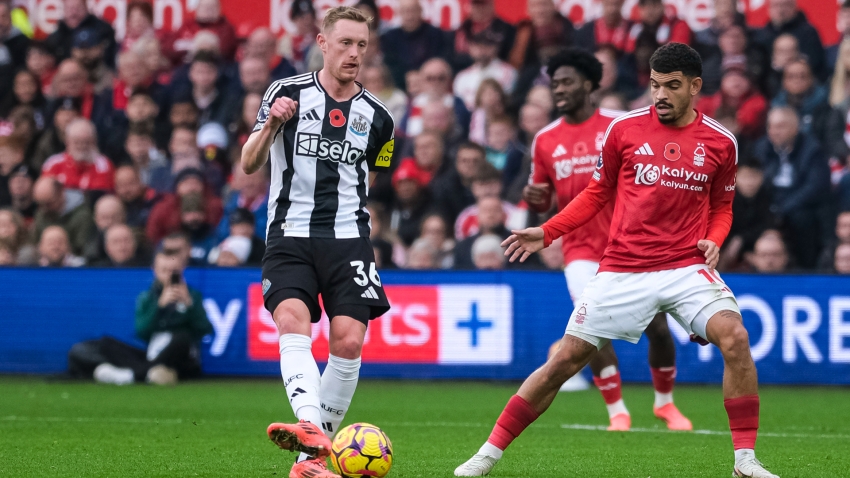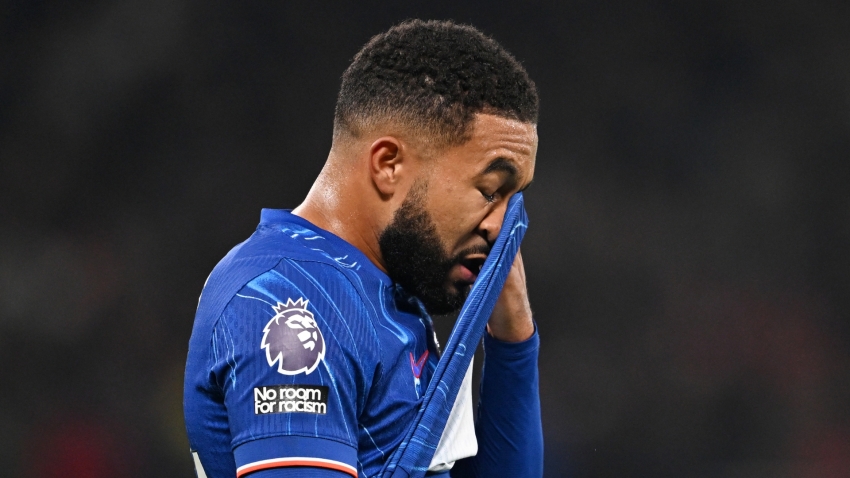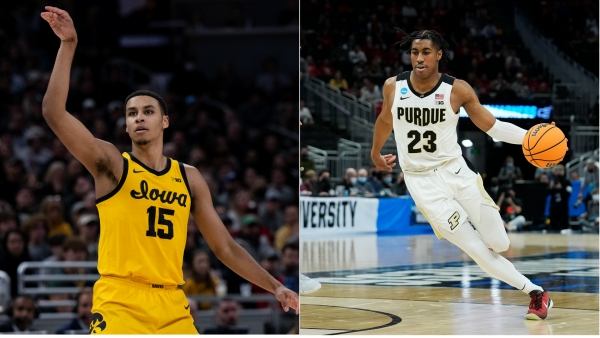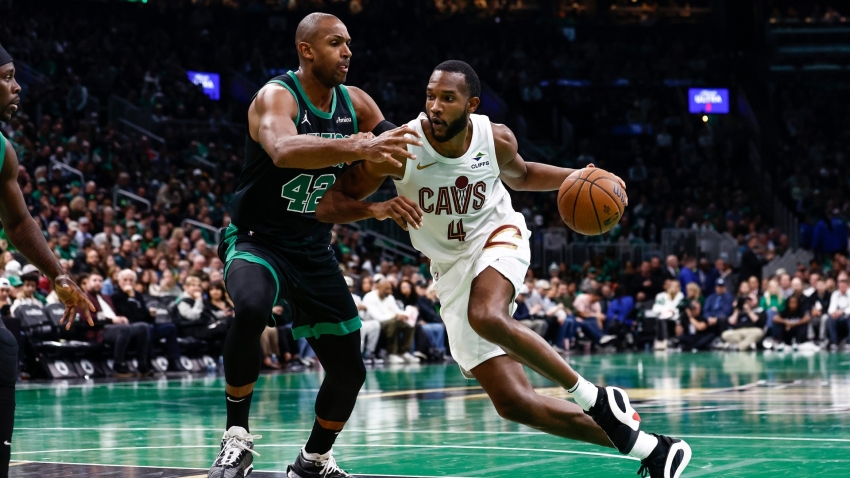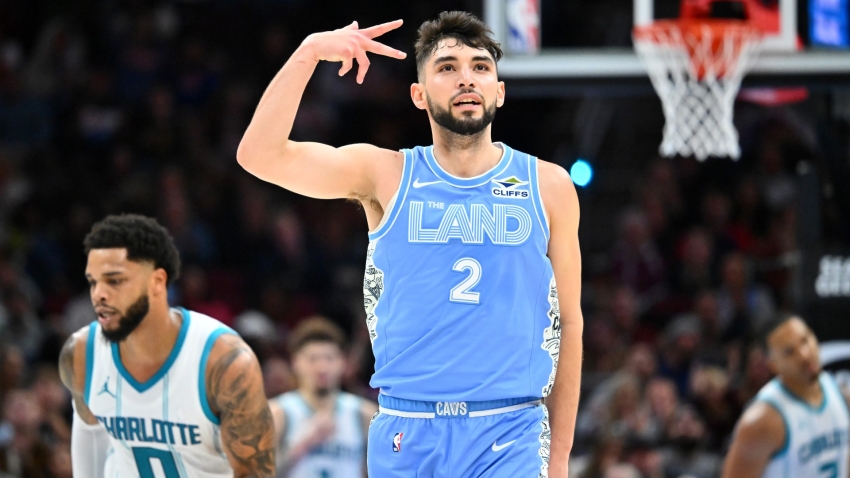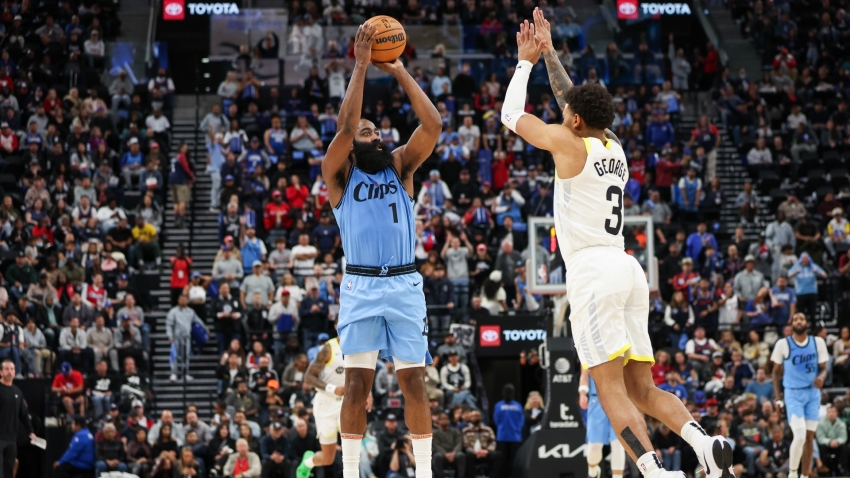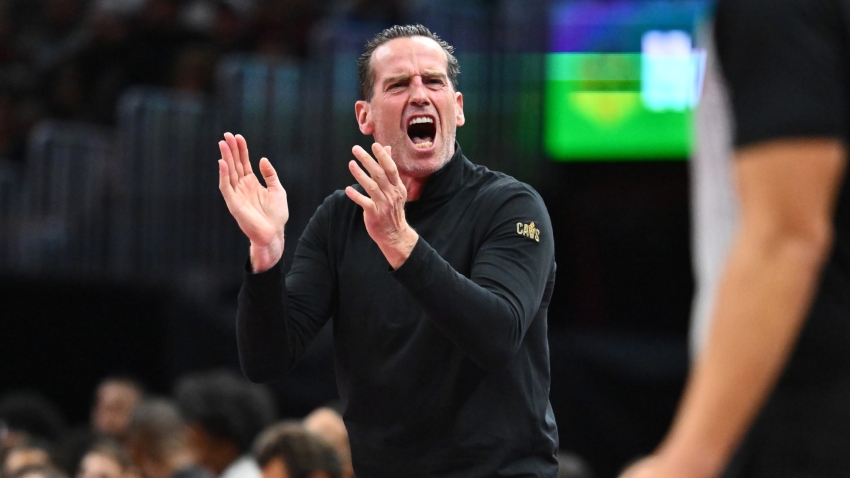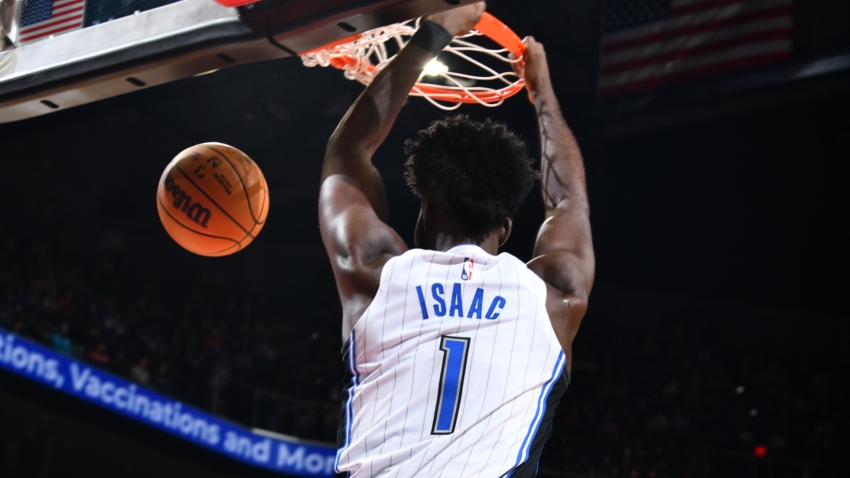With the top three picks of the NBA Draft appearing to be Jabari Smith, Chet Holmgren and Paolo Banchero – likely in that order – the real fun begins with the Sacramento Kings at pick four.
The heavy favourite to be selected fourth overall is Purdue's Jaden Ivey, who projects as the top guard prospect in this year's class.
At 6ft 4in with tremendous athleticism, Ivey is a point guard that plays in a similar fashion to John Wall, although he is not the natural facilitator Wall is, leaning on his scoring and driving ability for his primary value.
Ivey was considered part of the top tier through early portions of the college basketball season until the three bigs elevated themselves further into their own conversation, but Ivey has been gaining so much steam throughout the pre-draft process that teams including the New York Knicks have reportedly been enquiring about trading up to the Kings' pick to select him.
Keegan Murray
After Ivey, the draft really opens up, although Iowa wing Keegan Murray will likely not fall outside of the top seven.
Murray is a 6ft 8in, highly skilled scorer who will be able to fill both forward spots in the NBA, and figures to be a player who will be able to create his own baskets in isolation situations.
He averaged 23.5 points and 8.7 rebounds per game during his sophomore season, and shot a terrific 55 per cent from the field and 39.8 per cent from three-point range on 4.7 attempts per game.
Defense is the question with Murray, but he has the size and athleticism to contribute on that end, while the team that drafts him will hope he can fill a similar role to Milwaukee Bucks All-Star Khris Middleton as a low-maintenance scorer who does not need to be the centrepiece of every play to stack up points, but can also take over if needed.
Shaedon Sharpe
The mystery man of this year's class is 6ft 5in wing Shaedon Sharpe, who did not play a single game this past season at the college level.
Sharpe was viewed as a potential top-five pick in next year's draft, but opted to expedite his process to turn professional as soon as possible, and he will be rewarded with a top-10 pick barring any unforeseen red flags.
Strongly built, athletic, long-armed wings with the ability to aggressively hit pull-up three-pointers and defend multiple positions are probably the most valuable archetype in the game right now, and Sharpe fits the billing.
With a game that resembles Paul George, Sharpe arguably has a ceiling as high as anybody in the class, but a lot of future NBA wings look like Paul George when their only footage is against high school kids.
Bennedict Mathurin
Arizona wing Bennedict Mathurin also appears to be a lock for the top 10 after a dominant March Madness run that included a 30-point outburst in an overtime win in the Sweet 16, profiling as a high-level traditional shooting guard.
Clearly a score-first player, Mathurin – 6ft 6in with a 6ft 9in wingspan – will be able to defend opposing ones, twos and threes while his well-rounded offensive game should comfortably translate to an off-ball role at the next level.
Through his two seasons at Arizona, Mathurin shot 38 per cent from three on five attempts per game, including difficult, contested looks, while he also showed he can score at all three levels, and even dished seven assists with his 27 points in a key tournament win.
Maybe the safest pick outside of the top three, Mathurin will comfortably score in the teens as a rookie if he lands in a situation with minutes available. Think of him as a more athletic C.J. McCollum.
Dyson Daniels
Arguably the most unique guard in the class is Australian Dyson Daniels, who played with the G-League Ignite, and he also seems unlikely to fall out of the top 10.
Daniels was viewed as a decent prospect as a 6ft 5in combo guard who specialised in defense and lacked a jump shot – then he grew another three inches, cleaned up his jump shot and began assuming point guard responsibilities.
At 6ft 8in now with guard skills and elite defensive upside, Daniels is perhaps the hardest player in the class to find an NBA comparison for. He is so unselfish and pass-first that his play style resembles pure point guards like Tyus Jones or Monte Morris, but he is at least six inches taller and can realistically guard four positions.
Unlikely to ever become a true first option, Daniels is best served playing next to a primary scorer, making him an ideal fit with Damian Lillard and the Portland Trail Blazers if they decide to use pick seven instead of trade it.
Ousmane Dieng
Speaking of late risers in the draft process, teams seem to be deciding that someone with the tools of France's Ousmane Dieng may have no business falling outside of the top 10.
Dieng, a massive wing measuring at 6ft 10in, showed some extremely interesting flashes of skill this past season as an 18-year-old playing with the New Zealand Breakers in the NBL.
Playing for a professional team, he was not given nearly the kind of leash as college prospects to show what they can do, averaging 15 minutes and three points through his first nine games.
But once he found his footing, it was clear he was a serious prospect, showing off sharp ball-handling and the ability to attack off the bounce in an 11-game stretch where he averaged 24 minutes and 14 points per game, scoring at least 17 points in five contests and shooting 20-of-56 from long range (35 per cent).
A.J. Griffin
The son of former NBA player and current Toronto Raptors assistant coach Adrian Griffin, the only thing that can force A.J. Griffin to slide down draft boards is his injury history.
With essentially the perfect body for an NBA wing at 6ft 6in and 220 pounds with a seven-foot wingspan, Griffin is yet to turn 19 years old, and shot a blistering 44 per cent from long range on 4.4 attempts per game in his sole collegiate season.
If he can stay healthy, Griffin will be a solid starting wing at the bare minimum, with similar offensive upside to Raptors forward O.G. Anunoby and the defensive tools to guard at least three positions.
Teams will take a look at his medicals and decide if he is worth the risk, with multiple serious injuries during his high school career and more injury concerns during his one year at Duke.









